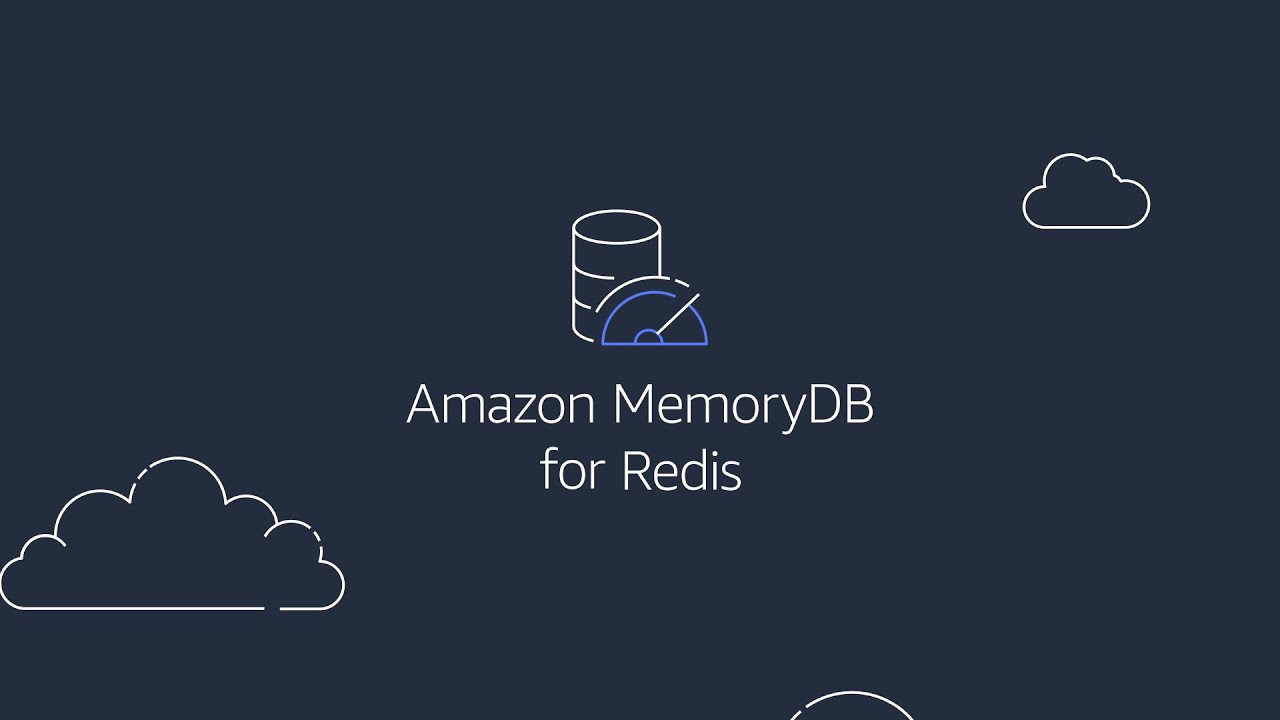Simplifying Amazon MemoryDB for Redis Implementation in AWS
 Sumit Mondal
Sumit Mondal
Introduction:
Amazon MemoryDB for Redis is a fully managed, Redis-compatible, in-memory database service that enables seamless caching and real-time analytics. Implementing MemoryDB for Redis in AWS can significantly enhance your application's performance and scalability. In this blog post, we'll guide you through the process of setting up and using Amazon MemoryDB for Redis in a straightforward and easy-to-understand manner.
Step 1: Create an Amazon MemoryDB for Redis Cluster
1.1. Log in to your AWS Management Console and navigate to the MemoryDB service.
1.2. Click on "Create" to start the cluster creation process.
1.3. Choose a meaningful cluster name, select the desired Redis engine version, and configure other settings such as node type and number of replicas.
1.4. Specify the VPC and subnet settings for your cluster.
1.5. Review your configuration and click "Create" to initiate the cluster creation.
1.6. Once the cluster is ready, note down the endpoint, as you'll need it to connect to the Redis cluster.
Step 2: Connect to Your Amazon MemoryDB for Redis Cluster
2.1. Open a terminal or command prompt and use a Redis client, such as redis-cli, to connect to your cluster.
redis-cli -h your-cluster-endpoint -p 6379
Replace your-cluster-endpoint with the actual endpoint obtained in Step 1.6.
2.2. You can now execute Redis commands directly from the command line. For example, set a key-value pair:
set my_key "Hello, MemoryDB!"
Step 3: Integrate Amazon MemoryDB for Redis with Your Application
3.1. Update your application's code to use the MemoryDB for Redis endpoint and port for caching or storing session data.
import redis
# Connect to the MemoryDB for Redis cluster
redis_client = redis.StrictRedis(
host='your-cluster-endpoint',
port=6379,
decode_responses=True
)
# Example: Set a value
redis_client.set('example_key', 'example_value')
# Example: Get a value
result = redis_client.get('example_key')
print(result)
Ensure to replace 'your-cluster-endpoint' with your actual MemoryDB for Redis endpoint.
Step 4: Monitoring and Maintenance
4.1. Utilize the AWS Management Console to monitor the performance of your MemoryDB for Redis cluster.
4.2. Set up alarms and notifications to receive alerts when specific performance thresholds are met.
4.3. Regularly review and optimize your MemoryDB for Redis configuration based on the changing needs of your application.
Conclusion:
Implementing Amazon MemoryDB for Redis in AWS can significantly enhance your application's speed and scalability. By following these simple steps, you can set up a fully managed, highly available Redis-compatible in-memory database effortlessly. Remember to customize the examples based on your specific application requirements, and explore the features provided by MemoryDB for Redis to optimize your caching and data storage strategies.
Subscribe to my newsletter
Read articles from Sumit Mondal directly inside your inbox. Subscribe to the newsletter, and don't miss out.
Written by

Sumit Mondal
Sumit Mondal
Hello Hashnode Community! I'm Sumit Mondal, your friendly neighborhood DevOps Engineer on a mission to elevate the world of software development and operations! Join me on Hashnode, and let's code, deploy, and innovate our way to success! Together, we'll shape the future of DevOps one commit at a time. #DevOps #Automation #ContinuousDelivery #HashnodeHero